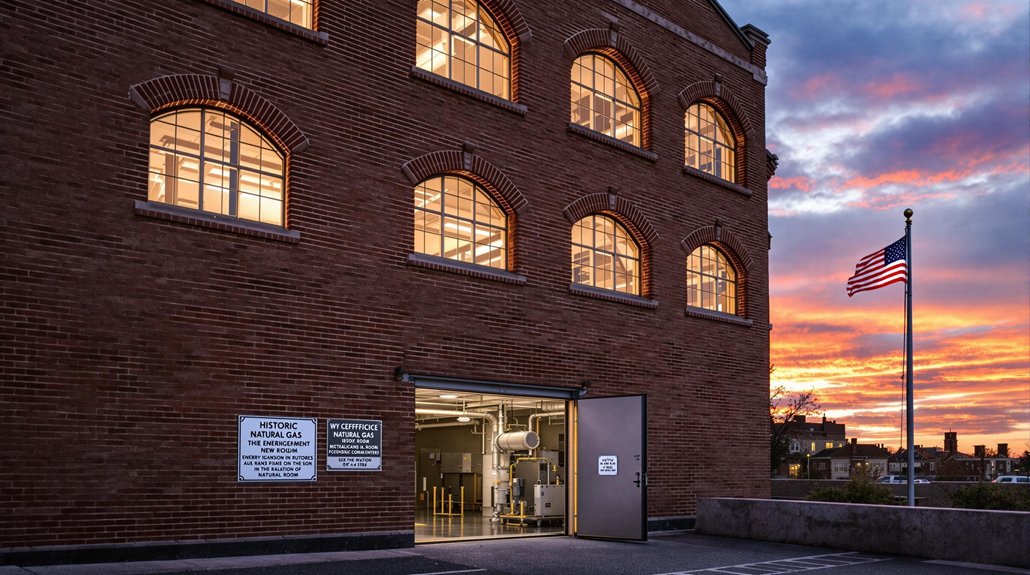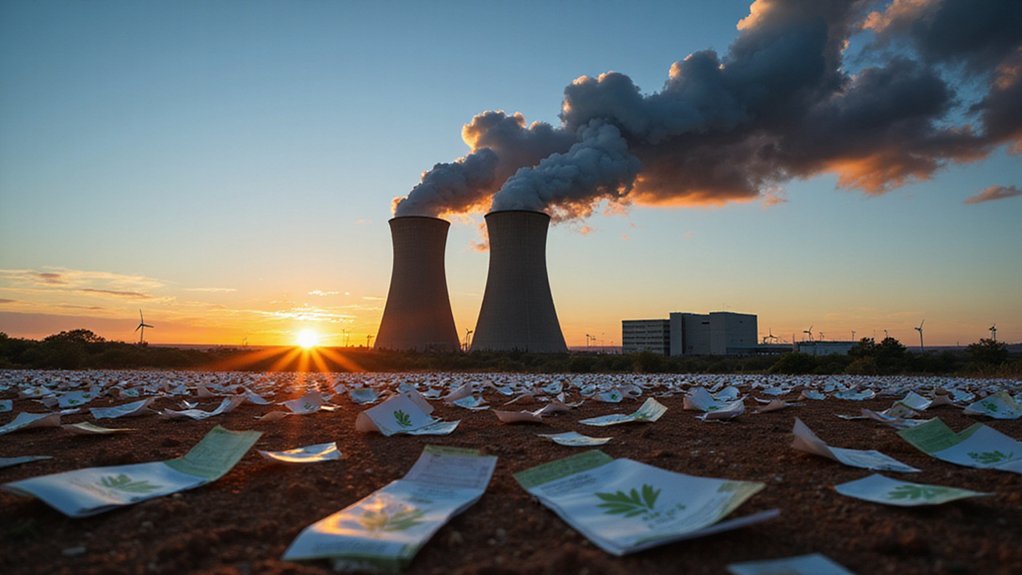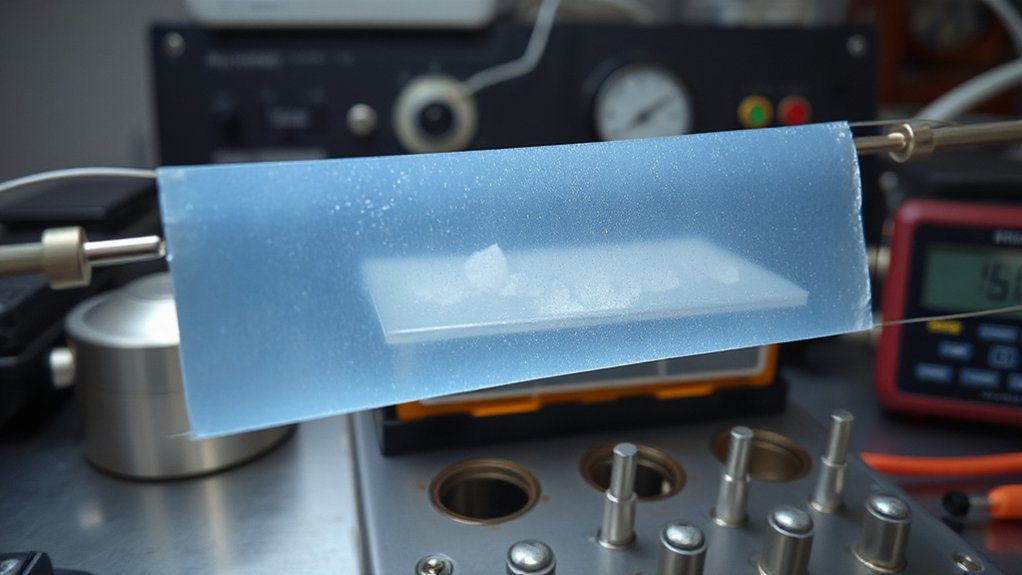The Historic Tax Credit program unites politicians across party lines through its dual benefits. Republicans love the $235 billion in private investment and 3.2 million jobs created. Democrats cheer for the 50,000 preserved buildings and reduced emissions. The 20% tax credit for historic structures and 30% for energy-efficient systems keeps everyone happy. Rare bipartisan agreement these days? You bet. Turns out saving old buildings while promoting cleaner energy actually works.
Money talks. And these days, it’s speaking volumes about the Historic Tax Credit (HTC) for natural gas projects. Politicians who can’t agree on the time of day are suddenly nodding in unison when this tax incentive comes up in conversation. Why? Because it hits the sweet spot between preserving America’s architectural heritage and moving toward cleaner energy systems.
The federal HTC offers a substantial 20% tax credit for rehabilitation of certified historic structures. Not a bad deal. Add to that the natural gas efficiency incentives allowing 30% of project costs (up to $600) for ENERGY STAR-certified systems with AFUE ratings of 97% or higher, and you’ve got yourself a financial incentive that’s hard to ignore.
Congress actually agrees on something for once. Conservatives like the economic boost – $235 billion in private investment and 3.2 million local jobs created isn’t exactly pocket change. Progressives appreciate the environmental angle, with over 50,000 historic buildings nationwide preserved while simultaneously reducing greenhouse gas emissions. Talk about having your cake and eating it too.
The National Trust Community Investment Corporation (NTCIC) has been busy, pouring $1.6 billion into tax credit projects since 2000. They’re not just preserving pretty buildings; they’re helping implement sustainable energy solutions in the process. These projects enlarge the tax base while promoting economic development in historic districts.
It’s a rare policy unicorn. The HTC manages to bridge the gap between maintaining our architectural heritage and upgrading to energy-efficient technologies without breaking the bank. While renewable energy has created 13.7 million jobs worldwide, the HTC focuses on preserving American heritage while still advancing cleaner energy goals. Who knew natural gas could be the peacemaker in today’s political climate?
The math makes sense. Operational savings from efficiency upgrades help pay for the credit over time. Building owners save money. Communities keep their historic character. Energy consumption drops. Even the most cynical observer has to admit – it’s a solid approach to balancing preservation with sustainability goals.
In Washington’s endless partisan warfare, the HTC for natural gas stands out as that rarest of creatures: a policy both sides actually like. The program has evolved significantly since its origin in the National Historic Preservation Act of 1966, demonstrating remarkable staying power across changing political landscapes.









